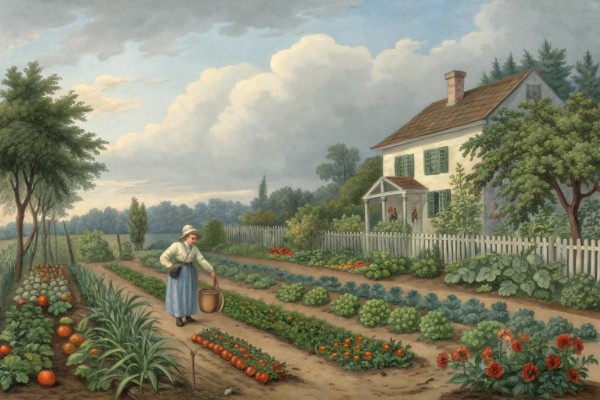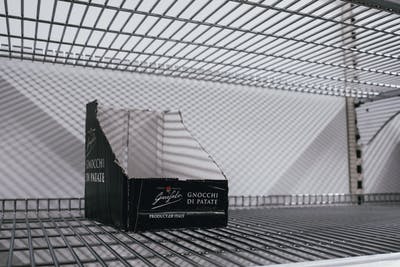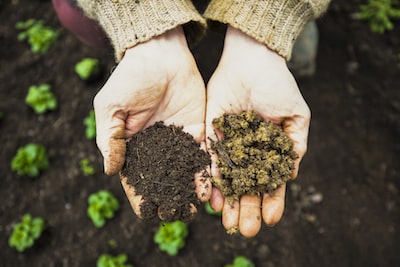Indoor Vegetable Gardening: Fresh Harvests All Year Indoors
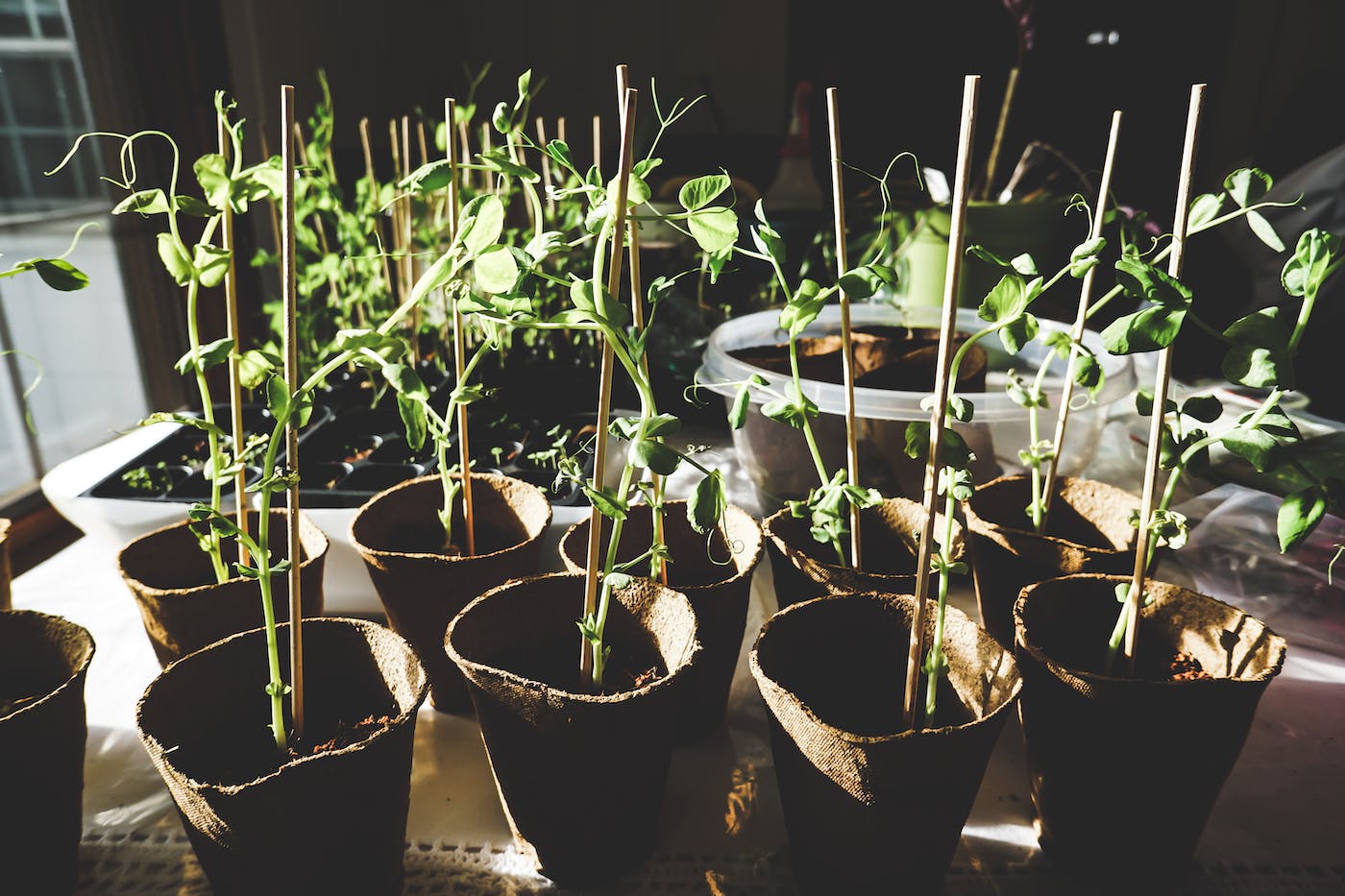
Indoor Vegetable Gardening
Indoor vegetable gardening delivers fresh produce to your fingertips, even without outdoor space. Start small, pick vegetables suited to indoor conditions—think leafy greens, herbs, and cherry tomatoes—and position them near bright windows or invest in grow lights. Regular watering, smart container choices, and proper airflow make indoor vegetable gardening deliciously rewarding and entirely doable. Hungry for more? Here's your ultimate guide.
Cheatsheet: Year-Round Indoor Vegetable Growing
🌱 Top Indoor Crops
- Leafy greens: lettuce, spinach, arugula
- Herbs: basil, cilantro, mint
- Fruiting: cherry tomatoes, hot peppers
- Root: radishes, baby carrots
- Microgreens: Fast harvest, dense nutrients
☀️ Light for Lush Growth
- 6–14 hrs/day using LED grow lights
- South-facing windows: supplement in winter
- Distance: 6–12" (15–30cm) above plants
💧 Water & Humidity
- Moist, not soggy soil
- Mist or use tray for 40–60% humidity
- Self-watering systems: fewer worries
🌡️ Temperature & Airflow
- 65–75°F (18–24°C) day, a bit cooler at night
- Oscillating fan: prevents fungus, builds sturdy stems
🧑🌾 Tools and Products You'll Need
- Containers: 6–12" (15–30cm) deep
- Organic potting mix
- LED grow lights
- Seed trays, humidity dome (for starts)
- Small fan
- pH meter (optional, 6.0–7.0 ideal)
- Watering can or spray bottle
- Organic liquid fertilizer
🌿 Nutrition & Self-Sufficiency
- Grown indoors = 90% fewer pesticides
- Flavor and vitamin C peak within hours of harvest
- Boosts food independence; cuts grocery trips
🛠️ Step-by-Step Growing Guide
- Sow Seeds Fill containers with moist mix, plant seeds as directed.
- Provide Light Place under LED lights or bright window. Adjust height as plants grow.
- Monitor Moisture Water when surface dries. Avoid overwatering.
- Feed Plants Apply diluted organic fertilizer as needed.
- Harvest Often Pick leaves or fruit to promote more growth.
🌟 Pro Tips
- Grow microgreens for 7-day harvests
- Rotate crops to prevent pests & exhaustion
- Track progress for better yields each season
Why Start an Indoor Vegetable Garden?
Growing veggies indoors first captured my attention one frosty January morning, craving fresh basil but staring blankly at a snow-covered herb bed. The solution? Indoor Vegetable Gardening.
Indoor gardening not only provides a steady supply of tasty produce year-round, but it also satisfies the deep human urge to cultivate, even in tight city apartments or chilly climates.
"Around 35% of households in urban spaces now grow food indoors, enriching their tables and lives alike." — Gardening Trends Report, 2022
Choosing the Right Space and Containers
Space Matters (but Not How You Think)
Forget sprawling vegetable plots. My first indoor garden flourished on one sunny windowsill—a compact, manageable start.
Pick an area with ample sunlight; most veggies crave at least 6-8 hours daily. South-facing windows work wonders, but if sunlight isn't on your side, quality grow lights can fill the gap beautifully.
Container Considerations
Containers must breathe and drain—roots need oxygen as much as water. Clay pots, fabric grow bags, and recycled wooden boxes work superbly, each offering airflow and proper drainage.
Remember, size matters. Radishes thrive in shallow containers (around 6 inches / 15 cm deep), while carrots demand deeper digs (about 12 inches / 30 cm).
Picking Vegetables that Love Indoor Life
Leafy Greens
Lettuce, kale, spinach, swiss chard—these leafy heroes tolerate mild indoor conditions wonderfully. I've harvested spinach leaves within weeks, fresh for my morning omelet.
Herbs
Basil, cilantro, mint—herbs adore indoor life. Basil grown indoors remains pest-free, vividly aromatic, and always within reach—perfect for spontaneous pasta evenings.
Microgreens and Sprouts
Got limited patience? Grow microgreens or sprouts. In mere days (around 7–10), you'll savor nutritious mini-greens bursting with flavor.
Compact Fruit Veggies
Indoor cherry tomatoes and small pepper varieties perform beautifully indoors with enough light. My dwarf tomato plant, standing proud in a sunny corner, supplied endless salad garnishes all winter.
Soil, Water, and Nutrients: The Indoor Trinity
Choosing Soil Wisely
Use premium, lightweight potting mix—not garden soil (trust me on this). A quality blend ensures optimal drainage and moisture retention, keeping roots healthy.
Watering Techniques
Indoor veggies prefer consistent moisture, but beware of over-watering—it's a death sentence. Allow the top inch (2.5 cm) of soil to dry slightly between watering sessions.
I swear by the "finger test": feel below the soil surface. Dry? Water gently until excess flows from drainage holes.
Feeding Your Veggies
Containers drain nutrients faster than gardens outdoors, so regular feeding becomes vital. Every two weeks, nourish plants with an organic balanced liquid fertilizer at half strength to keep leaves lush and fruits abundant.
Indoor Climate & Air Circulation: A Breath of Fresh Air
Vegetables prefer stable temperatures between 65-75°F (18-24°C). Avoid drafty areas or heating vents; temperature swings discourage growth.
Stagnant air encourages pests—counteract this by placing a small fan nearby, gently rustling leaves and simulating a refreshing breeze.
Managing Pests Without Chemicals
Even indoors, pests may appear—aphids, spider mites, or fungus gnats. Stay calm and skip harsh chemicals; I rely on neem oil spray, sticky traps, or even beneficial insect releases like ladybugs (which impress visitors every single time).
Harvesting with Heart: How and When
Harvest often. Regular picking encourages plants to produce more vigorously.
For leafy greens and herbs, snip outer leaves first, allowing inner growth to flourish. Tomatoes and peppers? Harvest at peak color and ripeness for best flavor—your reward will taste sweeter than store-bought ever could.
"Gardening indoors connects us directly with the cycles of nature, even amidst urban surroundings. Every harvest reaffirms our human bond to the earth." — Caroline Edwards, Organic Gardening Advocate.

Want smarter plant choices? 🪴
Frequently Asked Questions about Indoor Vegetable Gardening
Which vegetables thrive best indoors?
Leafy greens, including spinach, kale, lettuce, and Swiss chard, flourish inside due to their adaptability to limited sunlight. Compact varieties of tomatoes, peppers, radishes, and herbs like basil and parsley also perform well under indoor conditions.
How much lighting do indoor vegetables need daily?
Vegetables grown indoors typically require 12 to 16 hours of bright, indirect light daily. Utilize full-spectrum grow lights if natural sunlight is insufficient, ensuring proper exposure for healthy growth and abundant yields.
What indoor temperature suits vegetable growing?
Most indoor vegetables prefer temperatures between 65°F to 75°F (18°C to 24°C). Maintain consistent warmth during daytime, with nighttime temperatures slightly cooler, avoiding drafts and sudden temperature fluctuations.
How frequently should indoor vegetables be watered?
Indoor plants usually need watering when the top inch (2.5 cm) of soil becomes dry. Maintain consistently moist yet well-drained soil, as overwatering may lead to root rot and under-watering stresses the vegetables.
What type of soil is suitable for growing indoor vegetables?
Select a lightweight, organic-rich potting mixture designed specifically for edible indoor plants. Optimal soil mixtures provide adequate drainage, balanced moisture retention, and essential nutrients for thriving vegetables.
Do indoor vegetable plants require fertilizers?
Yes, regular fertilization nourishes indoor vegetables. Apply a mild, water-soluble fertilizer every two to four weeks, following product guidelines carefully to support steady, healthy growth without overfeeding.
How can pests and diseases be prevented indoors?
Prevent pest and disease buildup by maintaining good airflow and optimal humidity levels (around 40% to 60%). Regularly inspect plants for pests, immediately addressing issues with organic treatments like neem oil or insecticidal soap.
When and how should indoor vegetables be harvested?
Harvest vegetables at their peak maturity when colors deepen and fruits or leaves reach usable size. Regular, timely harvesting encourages plants to continue producing and sustains vigorous growth cycles.
Indoor Vegetable Gardening strips away the waiting, the longing for spring, and hands you fresh harvests right in your kitchen. With a few well-chosen containers, honest light, and a good soil mix, you can grow more than just herbs—think nutrient-dense vegetables and crisp greens, all year long. Remember, consistency with water and light pays off. Keep an eye out for pests, give your plants breathing room, and don’t be shy about experimenting—sometimes the best flavors come from a bit of risk. Growing food indoors isn’t just about convenience; it’s about reconnecting with what you eat. Bring this practice into your daily rhythm, and you’ll always have a taste of the garden, no matter the season.
Health Benefits of Indoor Grown Vegetables
Boost Nutritional Intake
- Indoor veggies retain high vitamin C, antioxidants, and fiber content due to controlled growing conditions.
- Freshly harvested spinach holds 30% more folate than store-bought after 3-day storage.
- Microgreens deliver up to 40 times the nutrition density of mature plants.
Reduce Exposure to Chemicals
- Indoor gardening eliminates pesticide residues common in commercially farmed produce.
- Lower risk of soil contaminants, heavy metals, and herbicides through controlled, organic indoor soil mixes.
Support Mental Health & Cognition
- Growing plants indoors reduces stress, anxiety, and depression by 15–25%, per various studies.
- Indoor gardening enhances memory, concentration, and mental clarity via positive sensory stimulation.
Ensure Food Safety & Self-Sufficiency
- Indoor-grown vegetables eliminate foodborne pathogens common in mass-produced greens (e.g., E. coli, salmonella).
- Continuous indoor harvests secure year-round fresh food supply, reducing dependency on external markets.
Find out which plants will thrive in your garden!
Answer a few fun questions and get custom plant recommendations perfect for your space. Let’s grow something amazing together!

start your season
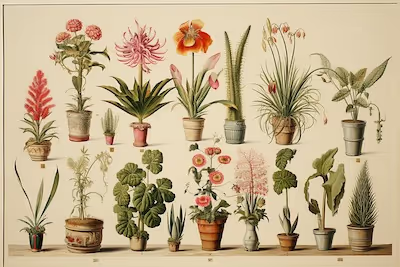

.avif)
